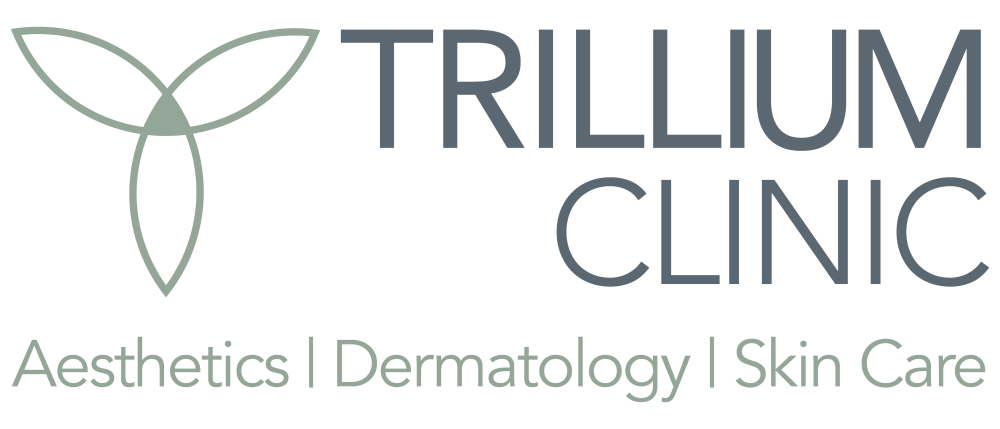The last few years have shown us the importance of maintaining optimal health. With summer behind us, now is the perfect time for a skin cancer screening.
Skin cancer is one of the most common types of cancer, and it’s the only type of cancer with highly visible symptoms on the skin’s surface. However, despite the visibility of skin cancer’s early signs and symptoms, studies have shown that one person dies from melanoma (the deadliest skin cancer) every hour.
The high fatality rate suggests a massive gulf in the appearance of skin cancer symptoms and the diagnosis. If caught early, most skin cancers can be treated with relative ease — however, you must opt for regular skin cancer screenings to avoid becoming a statistic.
Do I need a skin cancer screening?
Everyone needs regular skin cancer screening because skin cancer can happen to anyone and the sooner you catch it, the better. However, some people are at higher risk of skin cancer than others. You’re at a statistically higher risk of skin cancer if:
- You have light skin
- You have blonde or red hair
- You have blue or green eyes
- You have freckled skin
- You’re prone to sunburns
- Someone in your family has a history of skin cancer
- You’re exposed to direct sunlight frequently because of your work or hobbies
- You have numerous moles on your body
Individuals who fall into the above categories should see a dermatologist for regular skin cancer screenings to catch the earliest signs of cancer or precancerous conditions. However, skin self-examinations between dermatology visits can help you identify the early signs of skin cancer.
These are signs indicating that you need to get a skin cancer screening immediately:
- Your mole or spot has changed in appearance
- A mole or skin tag has become crusty or is bleeding
- You have a painful mole
- An open sore on your body isn’t healing
- You have a bump on your skin that’s red, pink, white, or translucent
- The mole has irregular and asymmetrical borders and colors
- The mole is larger than the size of a pencil eraser
What happens during a skin cancer screening?
Skin cancer screenings are visual inspections performed in the office of a dermatologist. During your screening, you’ll remove your clothing and out on a medical gown. Your dermatologist will examine you from head to toe, including the scalp, ears, fingers, buttocks, feet, and toes. Skin cancer can occur anywhere on the body, so the dermatologist will need to examine you in full. A special magnifying glass to observe certain moles and spots carefully may be used. The complete exam should take about 15 minutes.
The skin cancer specialists at the Trillium Clinic will order a skin biopsy if they identify potential signs of skin cancer. During the skin biopsy, the specialist will remove a small sample of the skin for advanced pathologic testing. A dermatopathologist will look for cancer cells under a microscope and provide the diagnostic results. If you have a skin cancer, you should get treatment right away—you should never delay cancer treatment as the cancer only worsens with time.
Schedule your consultation today and lets look forward to a bright and healthy 2024.
